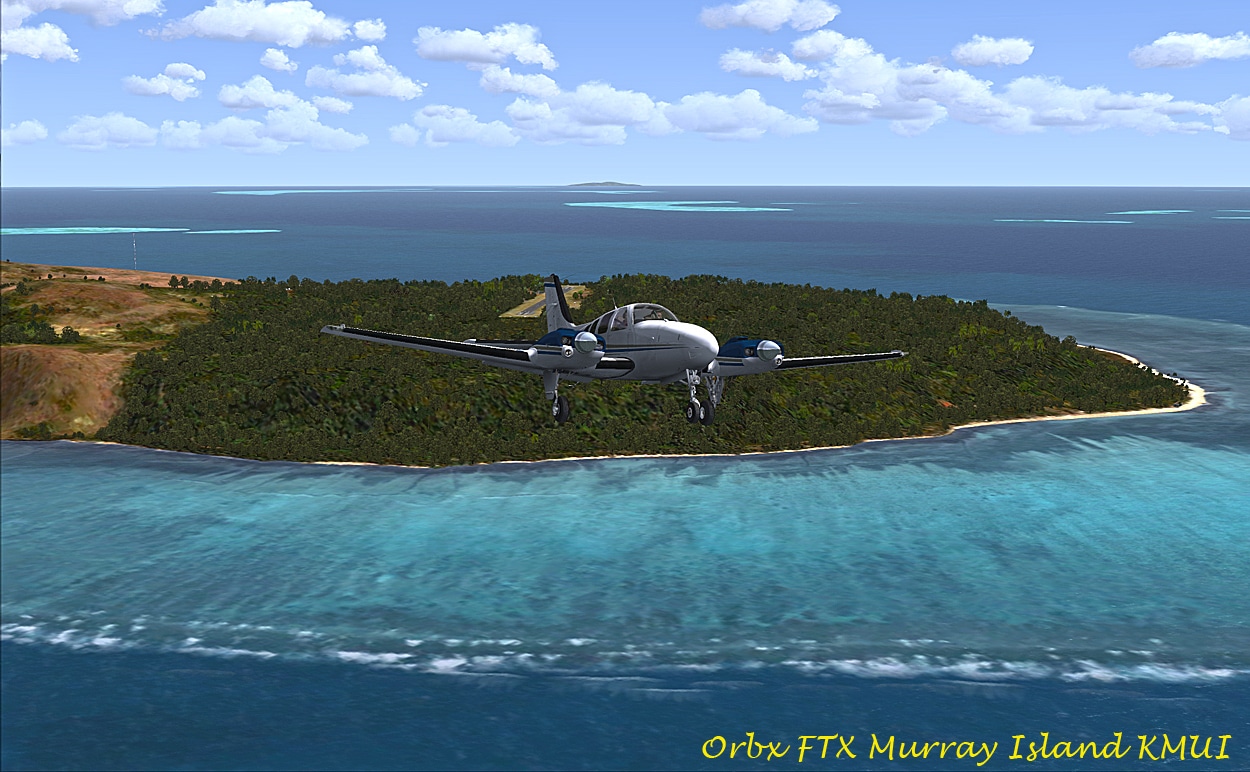Download Airport Extreme Base Station Manual
Note: as of version 6.1 of the Airport Utility and 7.6.1 router firmware, the Apple Airport Extreme and Time Capsule routers no longer offer the ability to configure wide-area bonjour. This has effectively caused these Apple routers to no longer support sending updates to Dyn Standard DNS. If you are attempting to set up earlier versions of the Airport Utility and firmware, you can use these instructions, but this is an experimental feature, we cannot provide technical support for this setup. If you need assistance, check out the.Dyn had been experimenting with capabilities, including support for dynamic DNS updates from Apple networking devices. Getting StartedFirst, let’s make sure you have all of the requirements for dynamic DNS in the AirPort in place:. A domain name of your own (e.g., example.com) if you don’t have one,. Dyn Standard DNS service, fully configured for your domain if you don’t have it,.
An Apple AirPort Extreme, Apple AirPort Express, or Apple Time Capsule device. A computer running the AirPort Utility (v5.4.2 to v5.5.3). Note on DynDNS Pro: We currently do not support the AirPort or Time Capsule devices on our DynDNS Pro services. You must use Dyn Standard DNS with your own domain name for this to work properly. If you intend to use our DynDNS Pro services with an AirPort or Time Capsule, you must use one of our. Setup Your Dyn Standard DNS Zone for updatesThe AirPort Extreme, AirPort Express and Time Capsule devices do NOT use the to dynamically update DNS servers.

Instead, these devices use the DNS Update protocol combined with TSIG security.Your Dyn Standard DNS zone requires a couple of special records to enable these devices to find where and how to update Dyn with your information. Enable the Expert Interface in Dyn Standard DNS., select the Dyn Standard DNS zone for which you wish to enable for updates.
Airport Extreme Base Station Reset
In the upper-right corner of the zone page, you will see a button labeled Preferences. Please click this to view your zone’s settings. On the Preferences page, you will see a button labeled Enable Expert Interface in the lower-right hand corner. Please click this to change your interface type from Standard to Expert (you can change this back at any time). You should be returned to the configuration page for your Dyn Standard DNS service.
Your records will be displayed as shown at left, in a format closer to the layout of records in BIND. Create a SRV record within the Dyn Standard DNS zone so that your Apple devices can discover where to send their updates. Set the values to the following:HostTTLTypeDatadns-update.udp60SRV0 5 53 update.dyndns.com.This record instructs Apple dynamic update devices where to find the target host and port for Dyn’s update services. The record is required because the devices by default will attempt to perform their dynamic updates at your zone’s name server (e.g., ns1.mydyndns.org) on port 53, but Dyn operates its TSIG server at update.dyndns.com on port 53.
Further details are available at the. Create five PTR records within the Dyn Standard DNS zone.
While these are not strictly required for dynamic updates, they are required if you wish to use the Wide Area Bonjour and DNS Service Discovery features built into Apple products in the future. Set the values as follows (example shown at left), but be sure to use your zone name as the value for Data:HostTTLTypeDatab.dns-sd.udp60PTRyour-custom-zone.com.lb.dns-sd.udp60PTRyour-custom-zone.com.db.dns-sd.udp60PTRyour-custom-zone.com.r.dns-sd.udp60PTRyour-custom-zone.com.dr.dns-sd.udp60PTRyour-custom-zone.com.These records tell Wide Area Bonjour clients how to browse your zone for services (‘b’ for browse, ‘lb’ for legacy browse, and ‘db’ for default browse) and register their own services (‘r’ for register and ‘dr’ for default register).
Background and IdentificationReleased on June 11, 2013, the AirPort Extreme A1521 Base Station is the 6th generation router released by Apple and is compatible with Mac computers, PCs, iPhone, iPad, iPod touch, and Apple TV.The AirPort Extreme supports router mode IPv6, which means that internet service providers can easily give the consumer multiple network addresses; it also offers simultaneous dual-band support. This means that it transmits at the 2.4GHz band and at the 5GHz band at the same time.In addition to the standard 802.11a/b/g/n wireless configuration, this router is equipped with the new 802.11ac configuration. The 802.11ac has a maximum data rate of 1.3 gigabits per second which is nearly three times faster than the rate of the 802.11n.The 802.11ac technology is equipped with a beamforming antenna array that is smarter than most base station antennas.
It knows where an 802.11ac device is on the network and targets its signal to that device. This allows the Wi-Fi signal to be stronger and clearer than it would be with the regular broadcasting system.The router has a white plastic surface and measures 6.6 by 3.85 by 3.85 inches. Its footprint is 64 percent smaller than the last AirPort. It weighs 2.08 pounds.Although the Airport Extreme looks very similar to the Time Capsule, it lacks an internal hard drive. It is possible to compensate for this by connecting an external hard drive or a printer to the USB port that is located underneath the LAN ports on the back of the device.